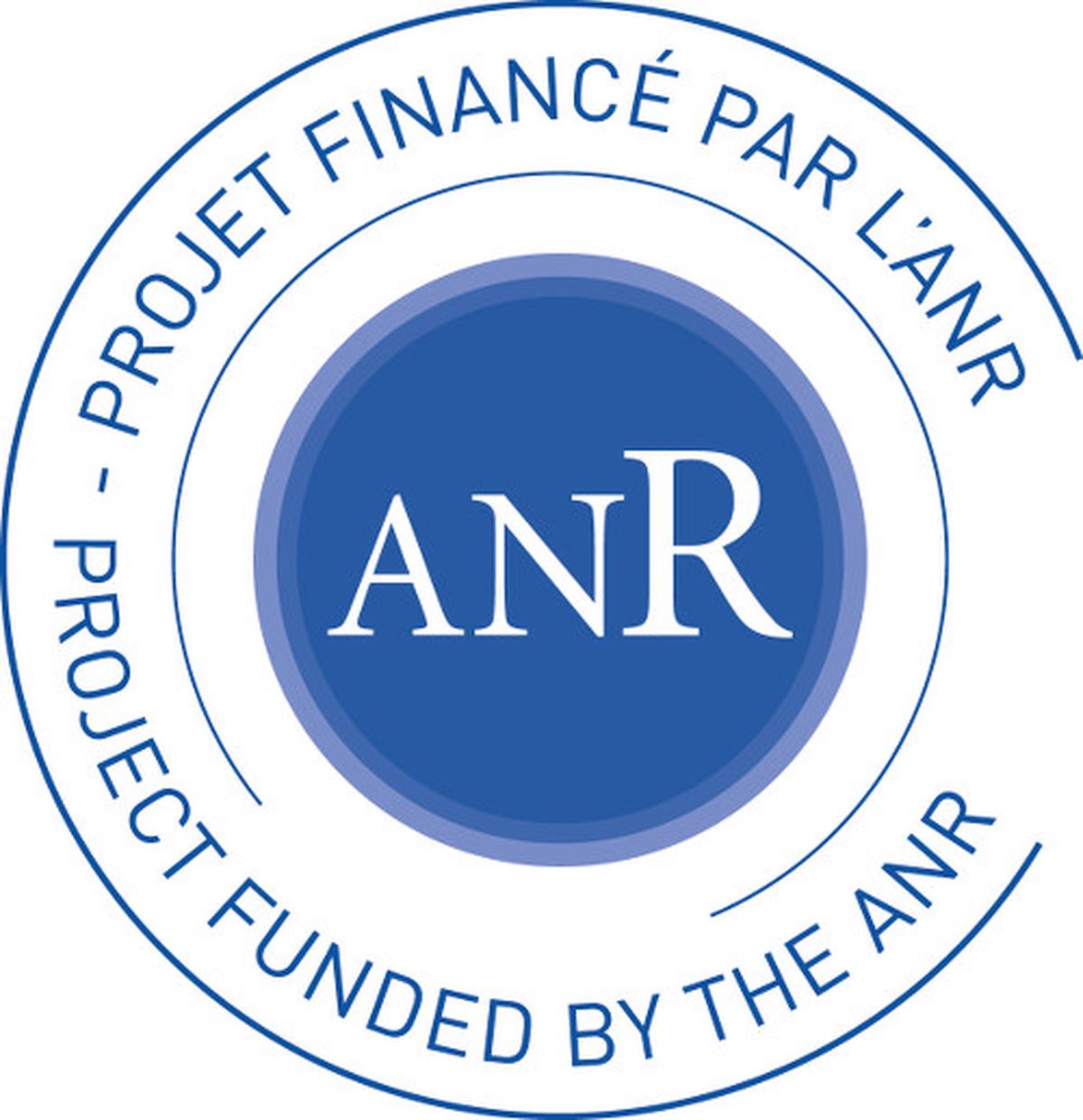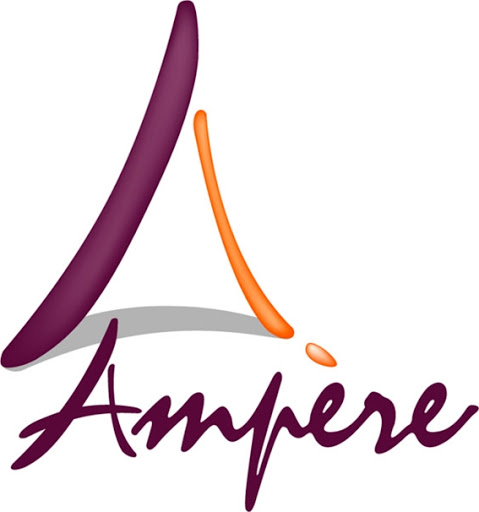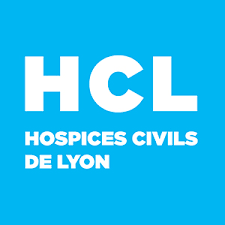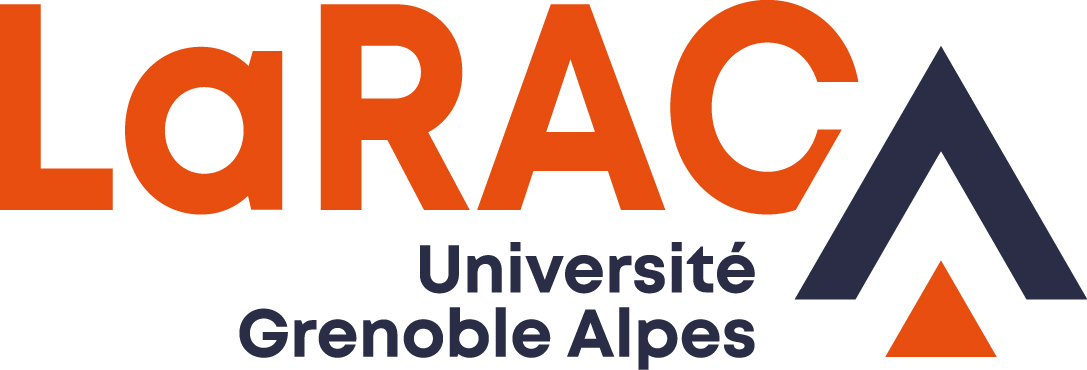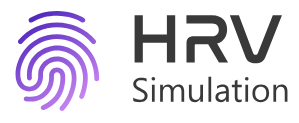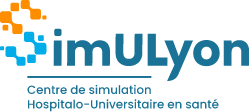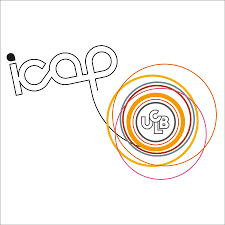IDEAL - Improved learning environment for dental anaesthesia
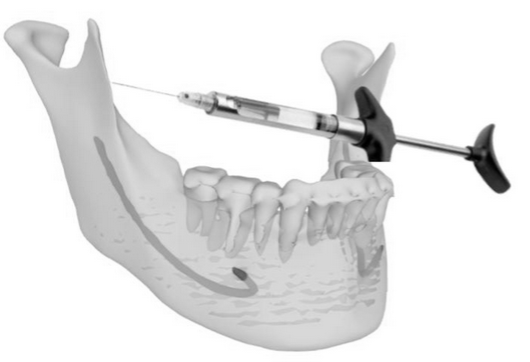
Inferior alveo nerve block (IANB) is a complex procedure, involving the insertion of a needle into the lower dental nerve. It requires a great deal of mentalization, and is currently learned with the aid of expensive single-use devices. This makes it difficult to acquire the necessary dexterity during dental training, resulting in a high failure rate among novices. IDEAL aims to improve this learning process through a multi-disciplinary approach, bringing together didacticians, clinicians, computer, graphics and robotics scientists, as well as a company designing simulators for learning dental gestures.
- More precisely, IDEAL aims to design 3 innovative tools, based on simulation and the use
of haptic
interfaces,to visualize the deformations of anatomical structures while feeling the
haptic
sensations induced by the gesture. It aims to break down barriers in both the social
sciences and
the numerical sciences:
- In didactics, the aim is to understand the mentalization effort required for this gesture, and to analyze its link with performance. IDEAL is also interested in learning through error, by assessing the relevance of highlighting the consequences of a wrong gesture.
- In mechatronics, the challenge will be to ensure the necessary level of realism for learning the gesture, while guaranteeing the stability of the solution, in the presence of anatomical structures that can be very rigid (bones) or soft (flesh).
- In computer science, similar challenges arise for simulating the behavior of anatomical structures during needle insertion and injection. IDEAL is also targeting innovative strategies for interactive time simulation, providing objective assessment of the gesture in real time.
- Finally, the device coupling simulation and haptics requires efficient management of the different computation frequencies between the two devices.

